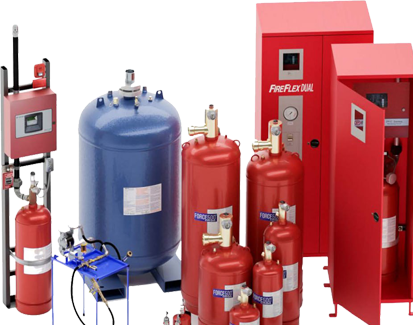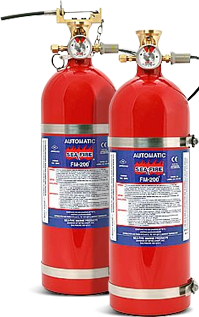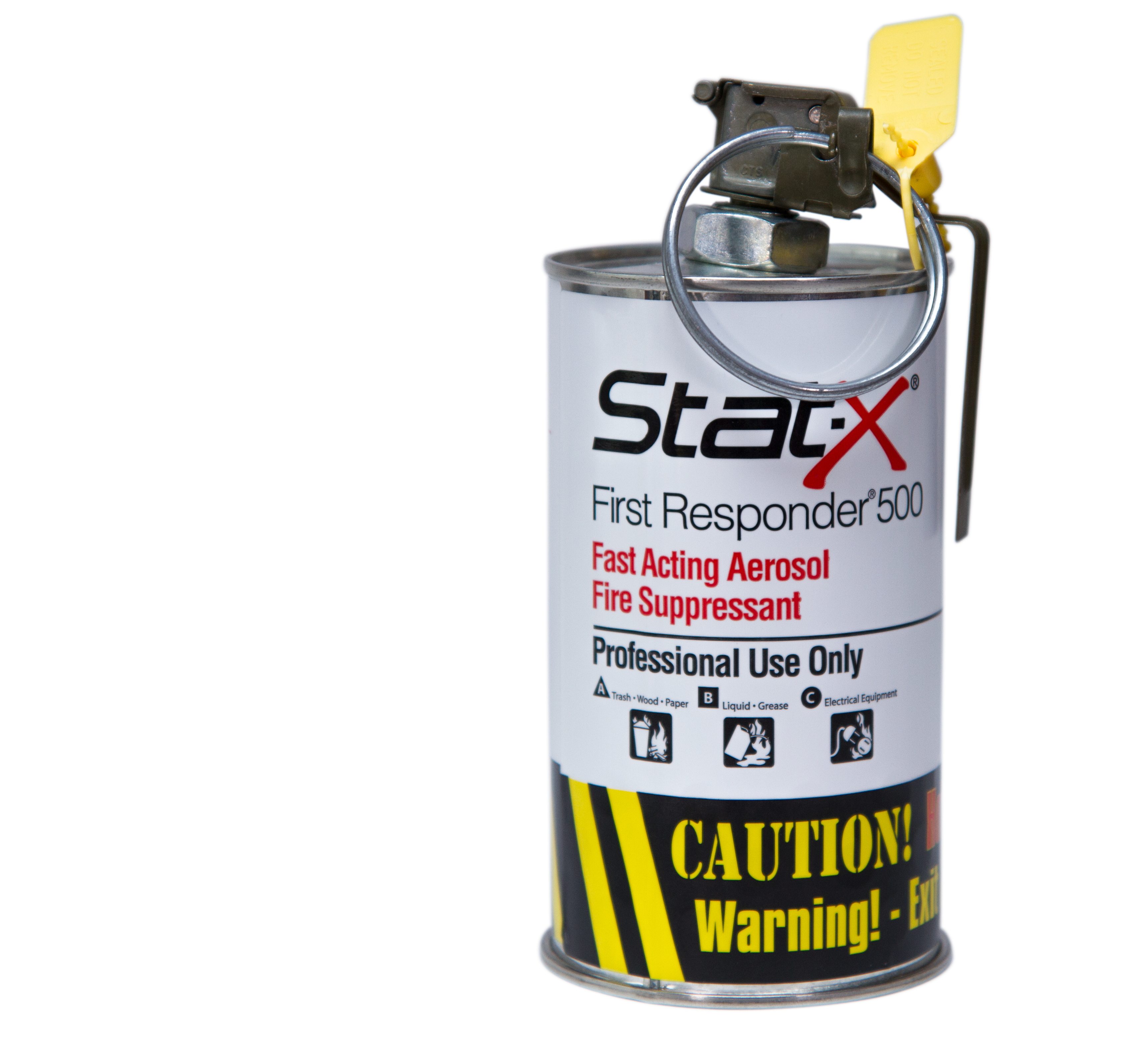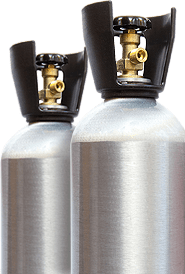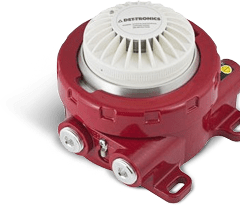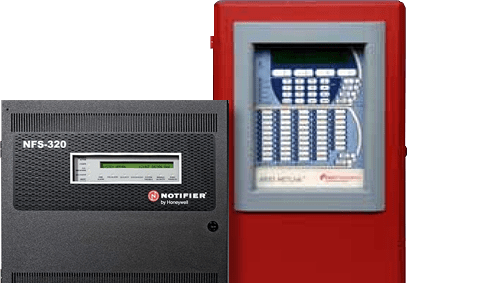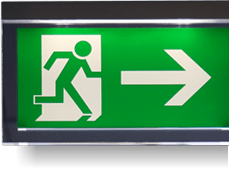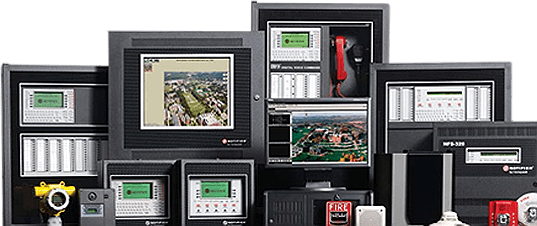Why You Should Consider Installing Air Sampling Smoke Detectors
The cost of a fire can extend way beyond property damage. A typical warehouse fire causes an estimated $128,000 in property damage, according to the National Fire Protection Association.
Preventing fires and proactive detection is critical. Air sampling smoke detectors are a top choice for early fire and smoke detection, known to be much more efficient and reliable than standard smoke detectors. Earlier warnings will help you minimize the risks of large-scale fire damage, and reduce downtime and false alarms.
What Are Air Sampling Smoke Detectors?
Explore further
Air sampling fire detection devices alert building occupants to smoke or fire by detecting changes in a room's air quality to indicate early signs of combustion, even before the presence of smoke. Early detection is key to controlling fires. Ideally, you want to get the situation under control before sprinklers or other fire suppression systems are deployed to minimize damage and downtime.
How Do Air Sampling Smoke Detectors Work?
Standard smoke detectors can be photoelectric, ionization, or dual sensor versions. Photoelectric detectors will work for slow-building fires. Ionization detectors are designed to detect combustion fires, such as a grease fire, while dual sensor versions combine both systems to protect against either type of fire.
Air sampling smoke detectors are photoelectric detectors that detect even minute particles for faster detection. By monitoring the air quality 24/7, they are more efficient than standard detectors by a factor of about 1,000. Also known as "aspiring smoke detectors," they use fans to draw in air samples. When connected to a central detection unit, they filter airborne smoke particles by shining laser light through them. If smoke is present, the light is scattered in the detection chamber and the alarm goes off, typically before smoke is even visible to the naked eye.
Air sampling systems can also be customized to provide warnings or trigger fire suppression systems automatically.
Types of Air Sampling Smoke Detectors
There are a number of manufacturers of these types of systems, although they all work in a fairly standard way. Here are three top picks:
People also search
- Kidde Smoke Detectors
- Vesda Air Sampling Smoke Detector
- FAAST Air Sampling
Applications for Air Sampling Smoke Detectors
Highly sensitive air sampling smoke detectors are the best option for so-called "clean rooms," where equipment is susceptible to smoke damage. Standard smoke detectors may not recognize the smoke until it reaches the ceiling, which may have already reached IT equipment.
They also work well for areas with high ceilings. Because aspirating smoke detection systems use fans to pull air into sampling pipes, it's more efficient — and quicker — than just waiting for smoke to reach a standard detector.
Systems are typically easy to maintain since air intake can be placed near areas most likely susceptible to fire. Centralized detector consoles can be placed behind-the-scenes in service rooms, while air intake sampling holes can monitor levels and pass air to the detection unit.
Other installations:
- Warehouses with high ceilings
- Atriums or industrial facilities where mounting detectors on the ceiling aren't feasible.
- Rooms where fire detectors aren't practical, such as MRIs
- Freezer warehouses and cold rooms
- Rooms with highly sophisticated, and expensive, equipment that is sensitive to even the smallest amounts of smoke.
- Air handling grilles, fitted with air sampling smoke detectors, can be especially effective in early warning.
Your Best Line of First Defence For Fire Detection
Structure fires account for 20% of fires, but are responsible for 47% of deaths, 82% of injuries, and 69% of property damage, according to the National Fire Protection Association. On average, eight people are killed in Canada each week due to fire.
Air sampling smoke detectors are a great choice if your building environment is particularly susceptible to fires, capable of detecting them before they get out of control. Earlier warnings can reduce damage and downtime, increase safety, and reduce false alarms.





